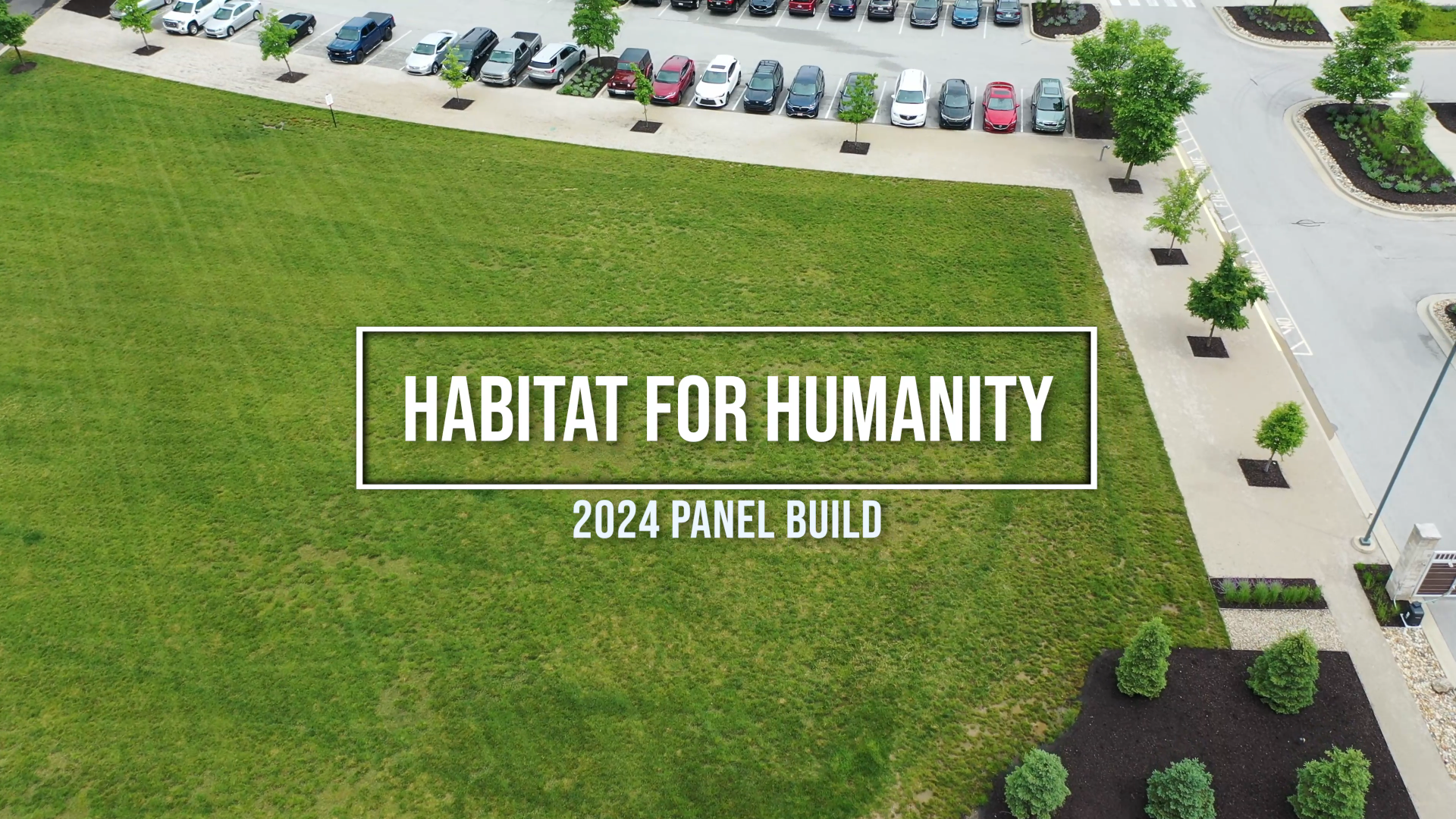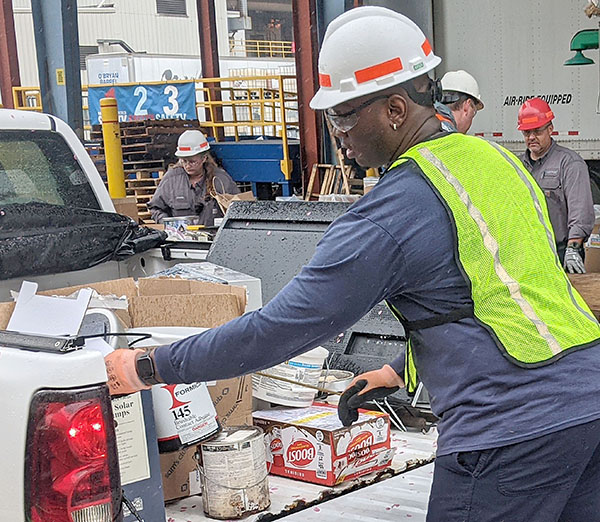
You may not know this but a large portion of the hazardous waste management regulatory program (including Land Disposal Restrictions or LDR) deal with the protection of groundwater. These programs are put in place to protect us from having dangerous chemicals in the water we drink. The process by which hazardous waste can contaminate the groundwater is called leaching. Waste can be leached by water filtering down through the ground and drawing the contaminants out of buried wastes. As the water continues its trajectory those wastes can be carried and introduced into the groundwater.
Treatment of Wastes
In order to avoid this potentiality, Congress decided on two primary ways to circumvent this danger. The first is by reducing a waste’s toxicity by destroying or removing the harmful contaminants. The EPA provides the following example, “many of the chemicals capable of contaminating groundwater are organic compounds. Incineration or burning can destroy these organic compounds, usually breaking them down into less dangerous byproducts like carbon dioxide and water. Thus, incineration of organic-bearing hazardous wastes can protect groundwater by destroying organic contaminants before they have a chance to enter underground water supplies. The obvious advantage of such hazardous waste treatment is that it provides a more permanent and lasting form of groundwater protection than hazardous waste containment. Structural barriers separating hazardous contaminants from groundwater may eventually break down or leak. In contrast, treatment that destroys harmful contaminants or reduces a waste’s toxicity before it enters the environment is a permanent groundwater protection solution.”
Stabilization of Wastes
This leads us into the second way Congress saw to protect groundwater; immobilizing the hazardous contaminants. Due to the fact that not all hazardous wastes can be treated to remove toxicity, EPA determined another option. The EPA sites metal elements as common types of waste which cannot be broken down via combustion and provides the following explanation of how they can be handled; “treatment techniques other than incineration…can be used for such wastes. For example, through a process called stabilization or immobilization, metal contaminants can be chemically and physically bound into the wastes that contain them. Although this treatment method does not reduce the overall concentration of toxic metals in a hazardous waste, it does immobilize these constituents, making them less likely to leach from the waste. Reducing the mobility or leachability of hazardous constituents in a waste is another means of achieving LDR’s groundwater protection goal.”
All this said, it is important to note that the LDR rules are not the only ones in place to protect groundwater. Actually, the EPA created a tiered approach to the protection of groundwater by attempting to prevent leachability of harmful constituents at three levels: LDR, LDUs, and groundwater monitoring. If you would like us to cover the other two tiers please let us know in the comments section!
All information for this blog post was gathered from the EPA document, “Introduction to Land Disposal Restrictions.” As always, this blog post is not intended to be comprehensive and it is always best to check with the EPA and local government for full, up-to-date, rules and regulations.
More News From Heritage
-
6/27/24
Heritage Environmental Services to Acquire EBV from General Dynamics
Heritage Environmental Servicess, an EQT Infrastructure portfolio company, will acquire EBV from General Dynamics
-
6/13/24
Meet The Facilities – East Liverpool
An inside look at our incineration facility located in East Liverpool, OH
-
5/24/24
Habitat for Humanity 2024
Heritage hosted our 14th annual Habitat for Humanity build this month, partnering with over 50 employees from various THG companies.
-
5/6/24
Date set for the household hazardous waste collection in East Liverpool, Ohio
-
3/12/24
Equal Pay Day – Spotlighting Our Female Drivers
-
3/8/24
International Women’s Week Spotlight – Shannon Dippel
For International Women's Week, we're spotlighting some of the incredible women in the Heritage family. Our final spotlight is Shannon Dippel.
-
3/8/24
International Women’s Week Spotlight – Susan Adams
For International Women's Week, we're spotlighting some of the incredible women in the Heritage family. Our sixth spotlight is Susan Adams.
-
3/7/24
International Women’s Week Spotlight – Lea Wilson
For International Women's Week, we're spotlighting some of the incredible women in the Heritage family. Our fifth spotlight is Lea Wilson








